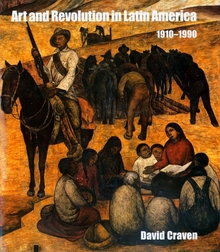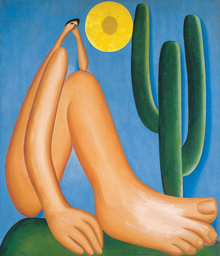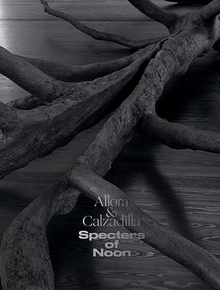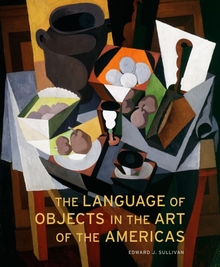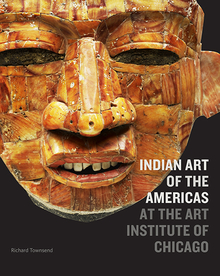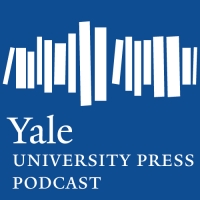Art and Revolution in Latin America, 1910-1990
WARNING
You are viewing an older version of the Yalebooks website. Please visit out new website with more updated information and a better user experience: https://www.yalebooks.com
David Craven

Read this book online via the A&AePortal, our art and architectural history eBook platform. To learn more about how to access this book, please contact us.
Out of Print
In this uniquely wide-ranging book, David Craven investigates the extraordinary impact of three Latin American revolutions on the visual arts and on cultural policy. The three great upheavals — in Mexico (1910–1940), in Cuba (1959–1989), and in Nicaragua (1979–1990) — were defining moments in twentieth-century life in the Americas. Craven discusses the structural logic of each movement’s artistic project — by whom, how, and for whom artworks were produced — and assesses their legacies. In each case, he demonstrates how the consequences of the revolution reverberated in the arts and cultures far beyond national borders.
The book examines not only specific artworks originating from each revolution’s attempt to deal with the challenge of “socializing the arts,” but also the engagement of the working classes in Mexico, Cuba, and Nicaragua with a tradition of the fine arts made newly accessible through social transformation. Craven considers how each revolution dealt with the pressing problem of creating a “dialogical art” — one that reconfigures the existing artistic resource rather than one that just reproduces a populist art to keep things as they were. In addition, the author charts the impact on the revolutionary processes of theories of art and education, articulated by such thinkers as John Dewey and Paulo Freire. The book provides a fascinating new view of the Latin American revolutionaries — from artists to political leaders — who defined art as a fundamental force for the transformation of society.
The book examines not only specific artworks originating from each revolution’s attempt to deal with the challenge of “socializing the arts,” but also the engagement of the working classes in Mexico, Cuba, and Nicaragua with a tradition of the fine arts made newly accessible through social transformation. Craven considers how each revolution dealt with the pressing problem of creating a “dialogical art” — one that reconfigures the existing artistic resource rather than one that just reproduces a populist art to keep things as they were. In addition, the author charts the impact on the revolutionary processes of theories of art and education, articulated by such thinkers as John Dewey and Paulo Freire. The book provides a fascinating new view of the Latin American revolutionaries — from artists to political leaders — who defined art as a fundamental force for the transformation of society.
David Craven is professor of art history at the University of New Mexico. A leading authority on the art and culture of the Nicaraguan Revolution, he is also the author of a landmark study of Diego Rivera and acclaimed studies of Cuban art since 1959.
ISBN: 9780300082111
Publication Date: July 11, 2002
Publication Date: July 11, 2002
240 pages, 9 x 11
130 b/w + 65 color illus.
130 b/w + 65 color illus.

